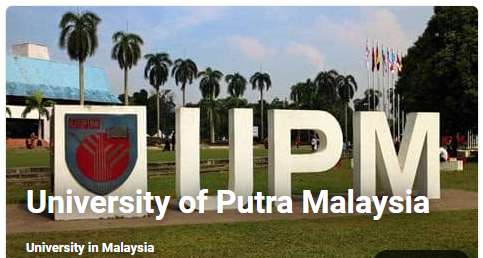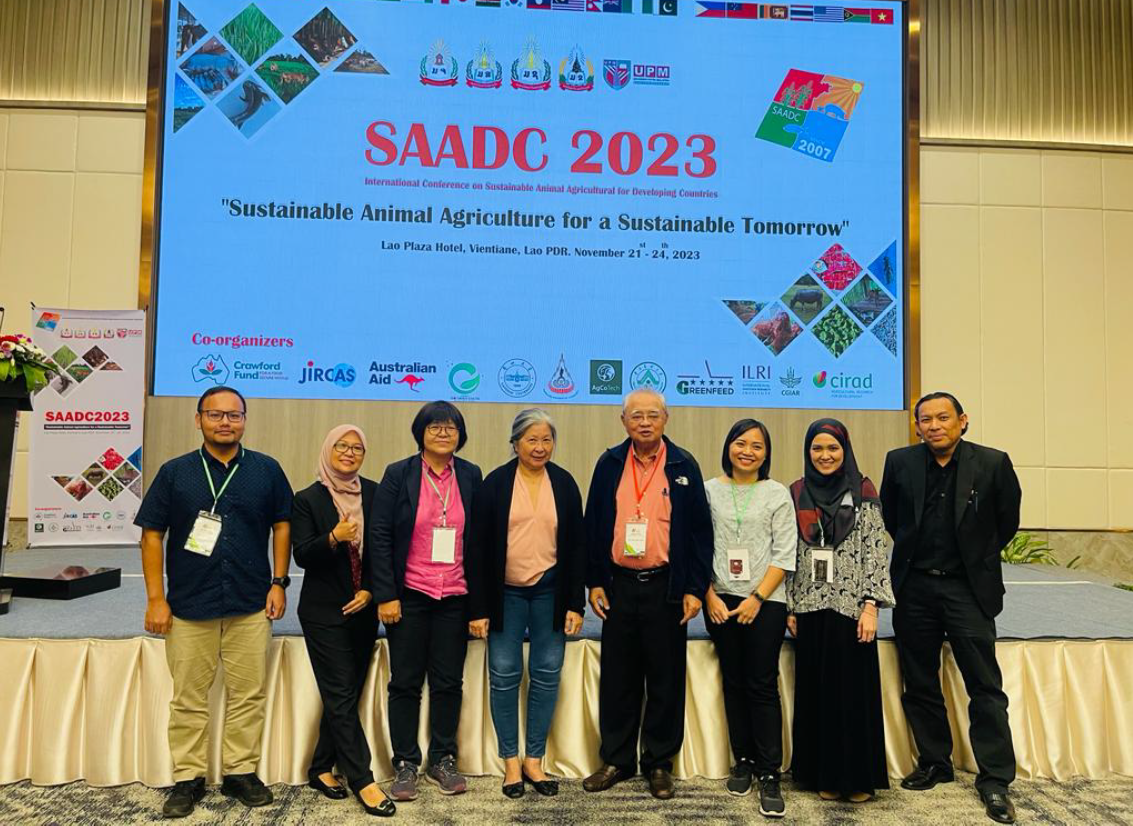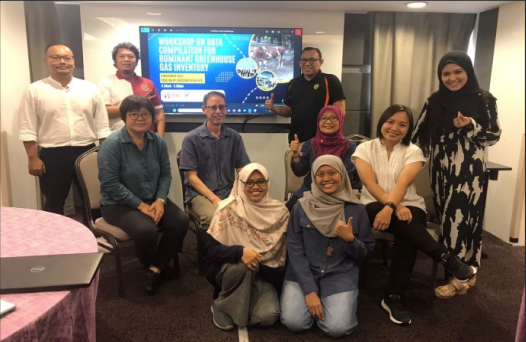Malaysia Project
Timeframe
October 2021 to June 2025
Context
Agriculture accounts for around 9% of Malaysia’s GDP, of which the majority is palm oil, and around 10% of employment in the country.
Malaysia’s updated Nationally Determined Contribution of 2021 makes an unconditional commitment to reducing carbon intensity by 45% by 2030 compared to 2005.
Malaysia has been a member of GRA since 2009. The NZCSA initiative is Improving Malaysia’s GHG inventory reporting by developing Tier 2 emissions factors for livestock, particularly cattle. It enables better understanding of mitigation options for livestock.
-
To date, CSA in Malaysia has mainly focused on rice, other crops, and land use effects of oil palm plantation expansion. Malaysia’s National Agrifood Policy 2.0 (2021-2030) aims to increase the country’s self-sufficiency level in 4 sub-sectors, including livestock. This would imply an increase in production of ruminant meat and milk to substitute for current imports. Developing GHG mitigation options for the livestock sector is therefore a policy need. The Malaysian Agricultural Research and Development Institute (MARDI), which compiles the agriculture inventory and advises on mitigation policy, has (with previous expert support from GRA) developed a country-specific Tier 1 emission factor for non-dairy cattle. However, MARDI experts were unsure of the quality of their work and were keen to expand coverage of the Tier 2 method to other livestock categories. A team of researchers at Universiti Putra Malaysia (UPM) had previous experience of direct measurement of small ruminant emissions, but no direct experience of contributing to inventory improvement.
-
The NZCSA project in Malaysia aimed to support development of a Tier 2 inventory for ruminant livestock species in Malaysia. It also supported UPM to co-convene a regional workshop on inventories and mitigation held as a side-event at the SAADC 2023 conference in Lao PDR. The summary in this section only focuses on the inventory objective.
-
GHG inventory improvement: Dairy cattle was selected as the priority for inventory improvement since MARDI had already done some work on non-dairy cattle. Based on a country-wide survey of 80% of registered dairy cattle farms, the Tier 2 method was used to estimate herd structure and emission factors for 5 sub-categories of dairy cattle. MARDI requires that new emission factors are published before they can be adopted in the inventory, and a publication based on the research conducted is in progress.
Institutional collaborations: UPM convened a team consisting of ruminant nutritionists and livestock experts from UPM Institute of Tropical Agriculture and Food Security and the Faculty of Agriculture, the MARDI livestock inventory compiler (Mr Azizi Ahmad Azmin), and researchers from regional universities in Sabah and Kelantan states.
-
Strengthened research capacities for inventory improvement: Through training and technical advice from international consultants (Ag Emissions Centre), and the practical work of designing and conducting farm surveys and compiling the Tier 2 inventory, a team of researchers spread across the country now have a good understanding of the relevance of their research to inventory improvement and national policies, strengthened individual capacities for linking livestock nutrition and climate issues, and a strengthened network for continued research on inventories and livestock mitigation. The process of elaborating the dairy cattle emission factors using the Tier 2 method has provided MARDI with a benchmark for good practice in further inventory improvement.
A basis for follow-on investigations of practical mitigation options: The key policy need is to identify options for reducing GHG emission intensity while meeting the import substitution targets of national policy. The Tier 2 inventory for the dairy sector and enhanced knowledge gained through the project applicable to other species and farm types provides a basis for the research institutes involved to continue investigating practical GHG mitigation options. Since some dairy farms are dependent on investment from Singapore, which increasingly has environment, social and governance (ESG) requirements, improved insights into dairy GHG emissions is also of interest to the private sector.
The UPM team have previous experience in livestock GHG measurement, with small-ruminant chambers constructed and funded with NZ support. These were not used in the current NZCSA and will need new instrumentation to return to functionality. The UPM and other university team involved in NZCSA have proved very capable and would certainly be able to restore and operate measurement systems if supported, should they move to mitigation development as expected.
Reports
Inventory Improvement
Regional Coordination
Project Information
Impact
The improvements to the inventory support the development of domestic agricultural policies by establishing robust production data, identifying mitigation opportunities for livestock and tracking reductions.
Implementation Partners
In-country partners
Malaysia Agriculture Research and Development Institute (MARDI)
Institute of Tropical Agriculture and Food Security (ITAFoS) of the Universiti Putra Malaysia (UPM)
Institute of Food Security and Sustainable Agriculture (IFSSA) of The Universiti Malaysia Kelantan
The Faculty of Sustainable Agriculture, Universiti Malaysia Sabah
The Malaysia Project’s research team at the 2023 SAADC conference where they organised a NZ CSA side event (Nov 2023). Including: Dr. Hasliza Abu Hassim, Dr. Juan Boo Liang, Dr. Tee Tuan Poy, Dr. Mohd Huzairi Mohd Zainudin, and Dr. Nor Dini Rusli (UPM), Dr. Candyrine Su Chui Len (UMS), Mr Azizi Ahmad Azmin (Malaysia Agricultural Research and Development Institute).
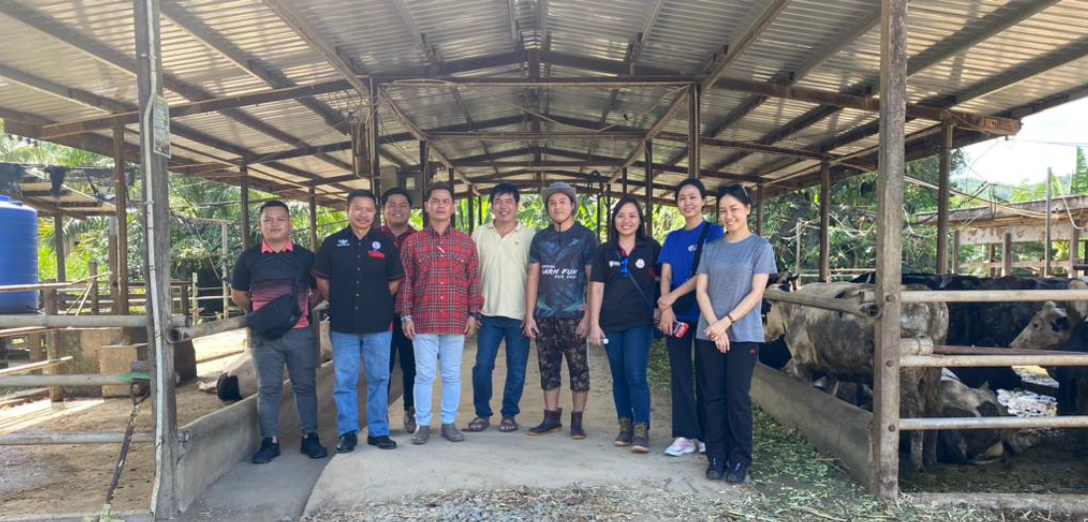
A Farm field survey team. These typically consisted of UPM Research team, small scale farm owner, research assistants and DVS Malaysia local extension agent. This field surveys covered 6 separate regions and often required researchers to stay at the farms to gather data on the available feed and amounts consumed.
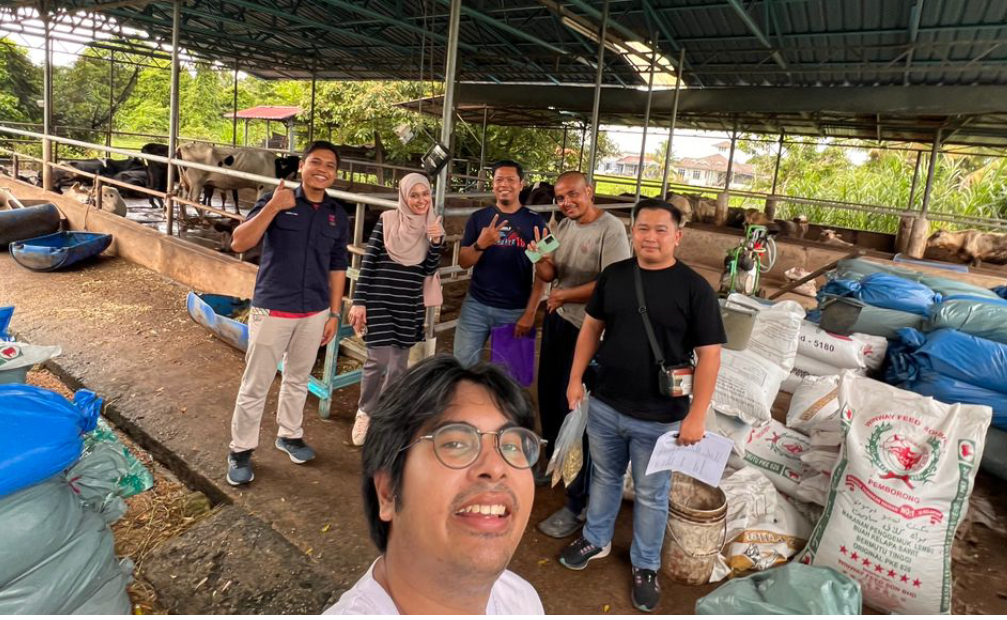
A Farm field survey team.
Regular discussions and progress meetings held monthly throughout the project, focusing on data compilation and analysis (UPM).
Project results presented at the Malaysian Society of Animal Production 44th Annual Conference 2025, entitled ‘Enteric Methane Emission Factor for Dairy Cattle Breed in the State of Pahang, Malaysia’ (May 13–15, 2025, at the Le Meridien Hotel in Kota Kinabalu, Sabah)
Workshop on data compilation for ruminant greenhouse gas inventory, with UPM team members and NZAGRC expert consultant, Dr Andreas Wilkes (8 Nov 2024 at Park Inn Residence, Selangor, Malaysia).
Data collection involved comprehensive information on farm background and management practices; breeding programs and animal productivity; feeding regimes and ration formulations, and laboratory analysis of feedstuff. Teams visited 152 dairy cattle farms across in all states in Peninsular Malaysia (except, Perlis) and Sabah. Duration of sampling took one and a half years since mid of 2023 until end of 2024.
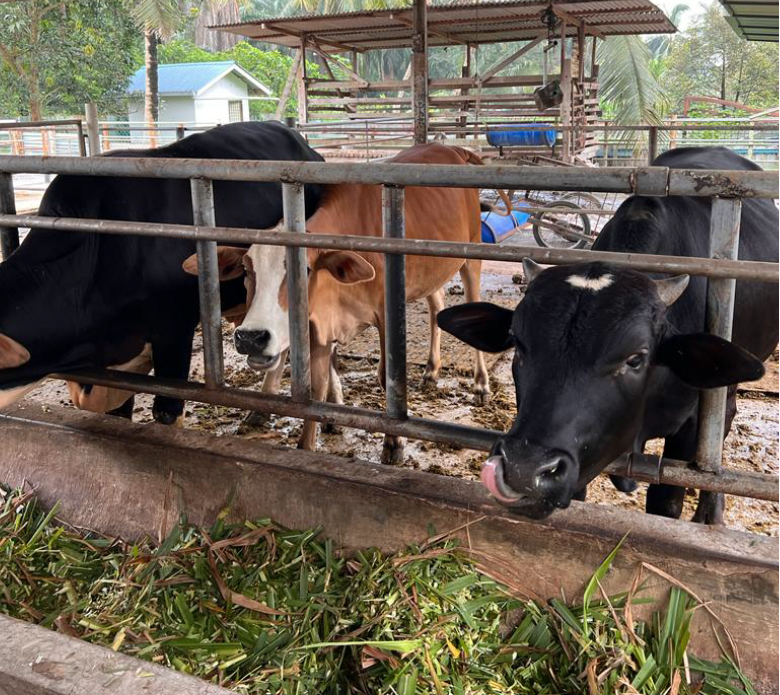
A typical smallholder farm in Malaysia.


